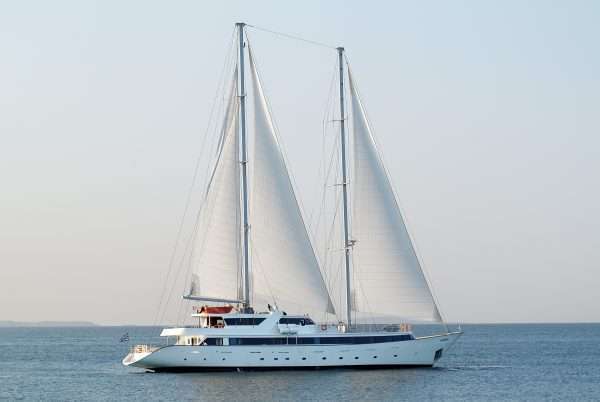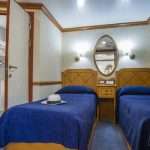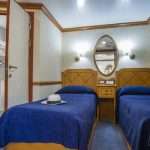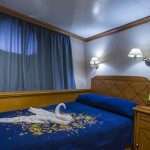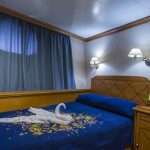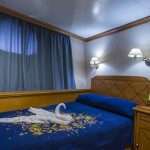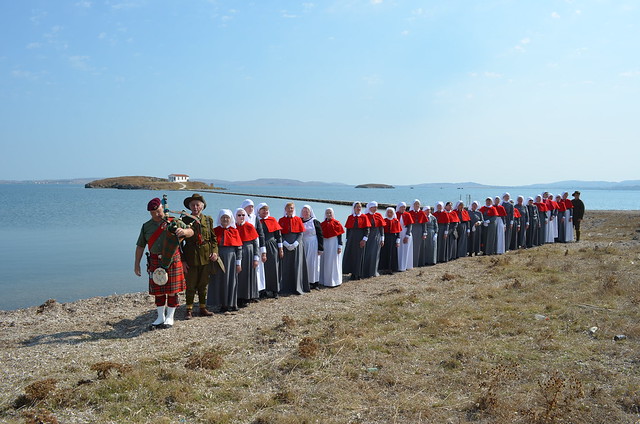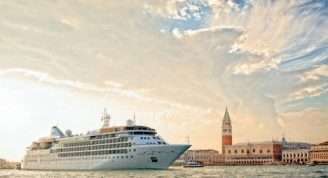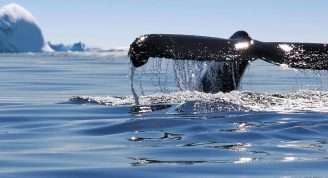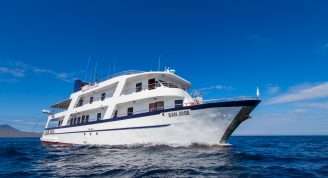Description
When Gallipoli was evacuated many of the troops went on to other Mediterranea fronts; the British and French to the Salonika Font in northern Greece, the Anzac Mounted Division joined Britain’s Egyptian Expeditionary Force and the Indians went to Mesopotamia. These were campaigns fought against disease and the climate as much as against opposing troops. They endured and this voyage commemorates the beginning of the end of the First World War. Weeks before the November 1918 Armistice with Germany, Armistices were signed in Greece with Bulgaria and the Ottoman Empire. It was here on these largely forgotten fronts in the Eastern Mediterranean that survivors could start to think about a life without ‘the War.’
‘The War’ did not end tidily though; for the people of Britain and its Dominions a different struggle started, the struggle to live with what had happened. Nearly ten million servicemen died during the First World War but double that number, twenty-one million, were wounded; as well, huge numbers of civilians had been displaced. This constituted an unprecedented public health disaster in communities world wide for people already exhausted, both personally and materially, by the efforts of years of war. Worse was to come, the global influenza pandemic of 1918-19 struck down probably as many people as had died in the war. It was particularly virulent among healthy young adults, especially among those who had survived the first three years of the war.
This voyage in the Aegean returns to the landscape of war these survivors knew during the First World War; servicemen and women on these fronts had been away from home for years. Repatriated, they found home had changed while they were way. There were to be times of uncomfortable tension between those that had been ‘on the home front’ for the duration of the war and those that had been ‘on active service’.
On our journey across the Aegean with Professor Jay Winter, internationally renowned scholar on the impact of First World War, participants will learn about the history of the war in the Eastern Mediterranean. His knowledge of the war’s effects will give us much reflect on. The Armistices we are commemorating did not end conflict in the Eastern Mediterranean, as a glance at any newspaper will attest. In a sense, the war in the Eastern Mediterranean has never come to an end.
A link to photos from the previous successful Wild Earth History cruise in 2015 (copy & paste in to browser)


